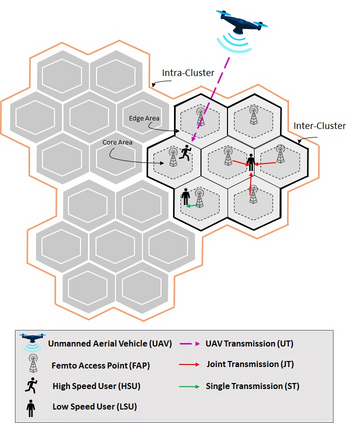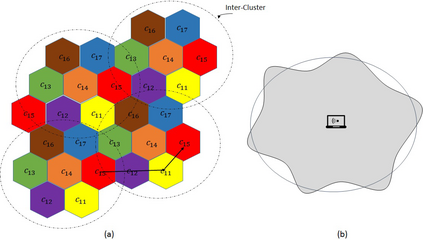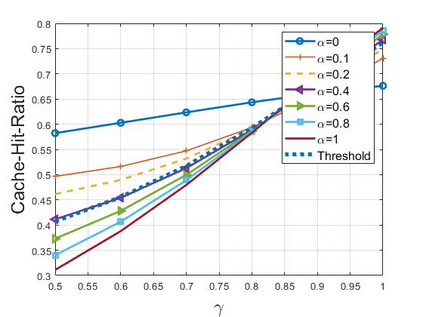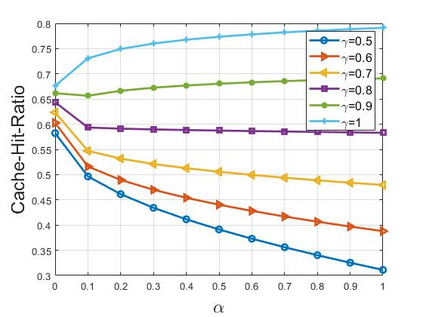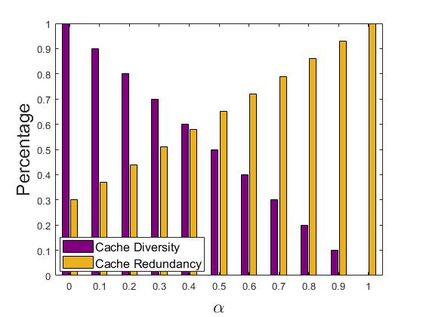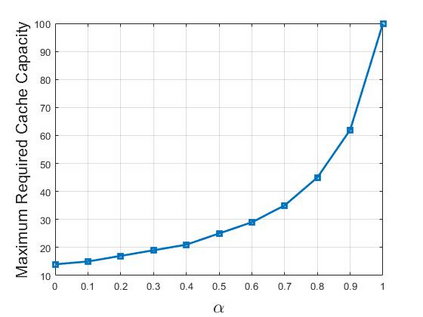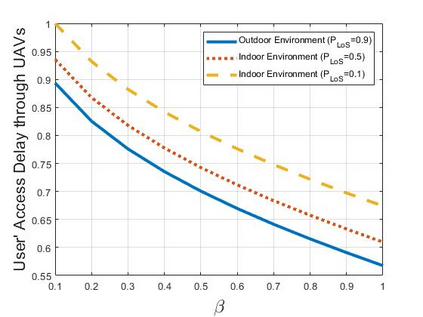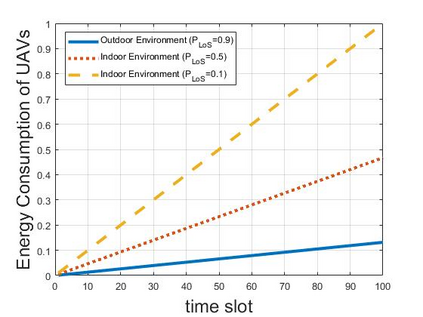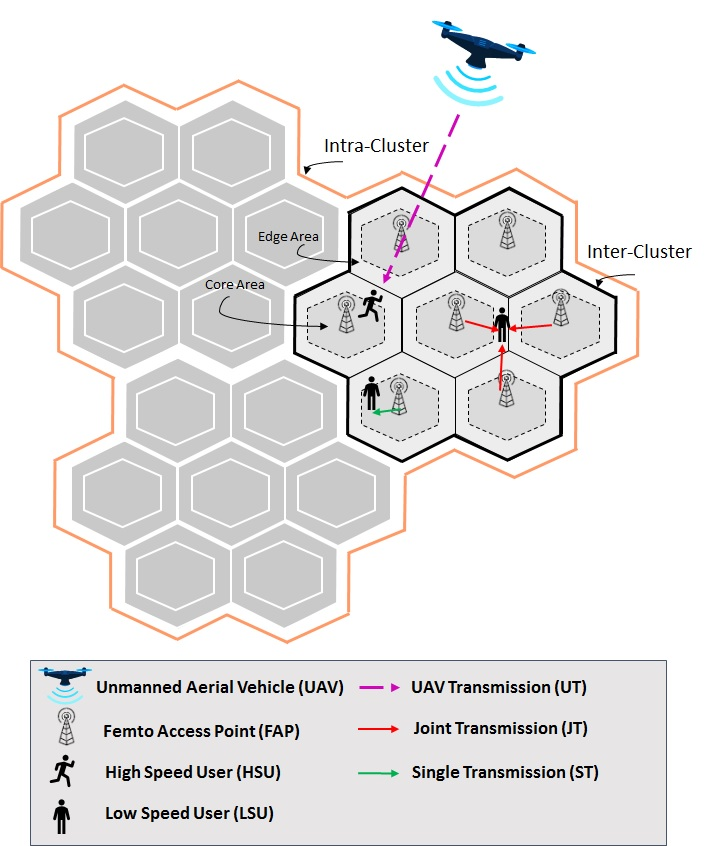Recently, as a consequence of the COVID-19 pandemic, dependence on telecommunication for remote learning/working and telemedicine has significantly increased. In this context, preserving high Quality of Service (QoS) and maintaining low latency communication are of paramount importance. Development of an Unmanned Aerial Vehicles (UAV)-aided heterogeneous cellular network is a promising solution to satisfy the aforementioned requirements. There are, however, key challenges ahead, on the one hand, it is challenging to optimally increase content diversity in caching nodes to mitigate the network's traffic over the backhaul. On the other hand is the challenge of attenuated UAVs' signal in indoor environments, which increases users' access delay and UAVs' energy consumption. To address these challenges, we incorporate UAVs, as mobile caching nodes, together with Femto Access points (FAPs) to increase the network's coverage in both indoor and outdoor environments. Referred to as the Cluster-centric and Coded UAV-aided Femtocaching (CCUF) framework, a two-phase clustering framework is proposed for optimal FAPs' formation and UAVs' deployment. The proposed CCUF leads to an increase in the cache diversity, a reduction in the users' access delay, and significant reduction in UAVs' energy consumption. To mitigate the inter-cell interference in edge areas, the Coordinated Multi-Point (CoMP) approach is integrated within the CCUF framework. In contrary to existing works, we analytically compute the optimal number of FAPs in each cluster to increase the cache-hit probability of coded content placement. Furthermore, the optimal number of coded contents to be stored in each caching node is computed to increase the cache-hit-ratio, Signal-to-Interference-plus-Noise Ratio (SINR), and cache diversity and decrease the users' access delay and cache redundancy for different content popularity profiles.
翻译:最近,由于COVID-19大流行,对电信的远程学习/工作和远程医疗依赖程度明显增加,因此,对远程学习/工作和远程医疗依赖程度明显提高,在这方面,保持高服务质量(QOS)和低纬度通信至关重要,开发无人驾驶航空车辆(UAV)辅助的混合蜂窝网络是满足上述要求的一个大有希望的解决办法。然而,一方面,目前面临的主要挑战是如何以最佳方式增加网络在室内和室外环境中的覆盖面。 一方面,在缓冲缓冲节节点以缓解网络在后院之间的交通流量。 另一方面,在室内环境中降低UAVA的快速干涉度信号,这增加了用户的准入延迟和耗能消耗。 将UAVS纳入移动缓缓冲节点,提高网络在室内和室外环境的覆盖面。 被称为CFAV-S-SI(CFUF)的集流流流中,两个阶段的基流流流流流流流流流流数据和电流流流流流流流流中, 提议降低当前FAFAFA的深度数据。

